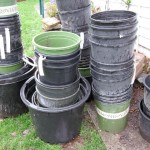Grow your own groceries
Posted on May 8th, 2009 by Phuong
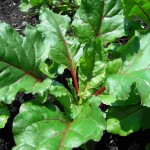 Lots of people are starting to grow their own groceries. They’re converting portions of their yards to make room for vegetables, herbs and fruits. If you’re new to urban gardening, you may want to check out the West Seattle Edible Garden Fair on Saturday, May 23. The event is 9:30 a.m. to 4 p.m. at the South Seattle Community College horticulture buildings, 6000 16th Avenue SW, and offers hands-on workshops to help you get started.
Lots of people are starting to grow their own groceries. They’re converting portions of their yards to make room for vegetables, herbs and fruits. If you’re new to urban gardening, you may want to check out the West Seattle Edible Garden Fair on Saturday, May 23. The event is 9:30 a.m. to 4 p.m. at the South Seattle Community College horticulture buildings, 6000 16th Avenue SW, and offers hands-on workshops to help you get started.
The workshops include how to build healthy soils, garden in small spaces or containers, integrating edibles into your landscape and how to grow warm season crops (like tomatoes and peppers) successfully in our cooler Northwest climate. Here’s the schedule of events.
The event is co-sponsored by the Community Harvest of Southwest Seattle, a very cool group that works to ensure that everyone has fresh fruits and vegetables to eat. The program picks up donations of produce from your fruit trees and vegetable gardens and distributes them to those who need it.
We love the idea of their fruit harvest program. If you have a plum, apple or other tree that bears more fruits than you can possibly handle, consider donating the extras. The Community Harvest of Southwest Seattle can connect you with volunteers to harvest the fruit and donate them to local food banks. They’re trying to harvest about 6500 pounds of fruit for 2009. Fill out this online form if you’re interested in donating this year.
Filed under: Vegetable Gardening | Permalink | 1 Comment
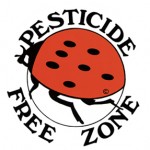
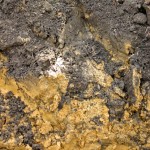
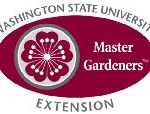
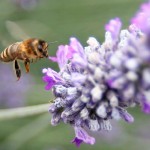
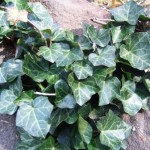 for sale that are considered noxious weeds. Washington has a state law that requires citizens to help control noxious weeds, but that doesn’t always mean you can’t find it for sale in various places. In our opinion, no Seattle landscape should have English ivy, English holly, Scotch broom or any of the numerous other weeds that spread like rapid-fire and choke out our native plants and take over natural landscapes.
for sale that are considered noxious weeds. Washington has a state law that requires citizens to help control noxious weeds, but that doesn’t always mean you can’t find it for sale in various places. In our opinion, no Seattle landscape should have English ivy, English holly, Scotch broom or any of the numerous other weeds that spread like rapid-fire and choke out our native plants and take over natural landscapes.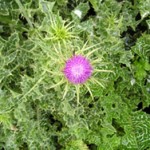
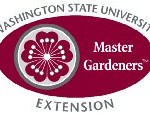
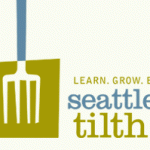 largest selection of organically and sustainably grown vegetable starts in Seattle. You’ll find over 50 varieties of tomatoes and 20 varieties of peppers, rare and heirloom veggie varieties, an extensive selection of culinary herbs, edible flowers, and drought tolerant perennials. The list of starts includes ‘Fairy Tale’ eggplant, lemon cucumbers, golden midget watermelon, ‘Cajun Delight’ okra, ‘Gypsy’ sweet peppers and much more. Find the lists of items on sale
largest selection of organically and sustainably grown vegetable starts in Seattle. You’ll find over 50 varieties of tomatoes and 20 varieties of peppers, rare and heirloom veggie varieties, an extensive selection of culinary herbs, edible flowers, and drought tolerant perennials. The list of starts includes ‘Fairy Tale’ eggplant, lemon cucumbers, golden midget watermelon, ‘Cajun Delight’ okra, ‘Gypsy’ sweet peppers and much more. Find the lists of items on sale 